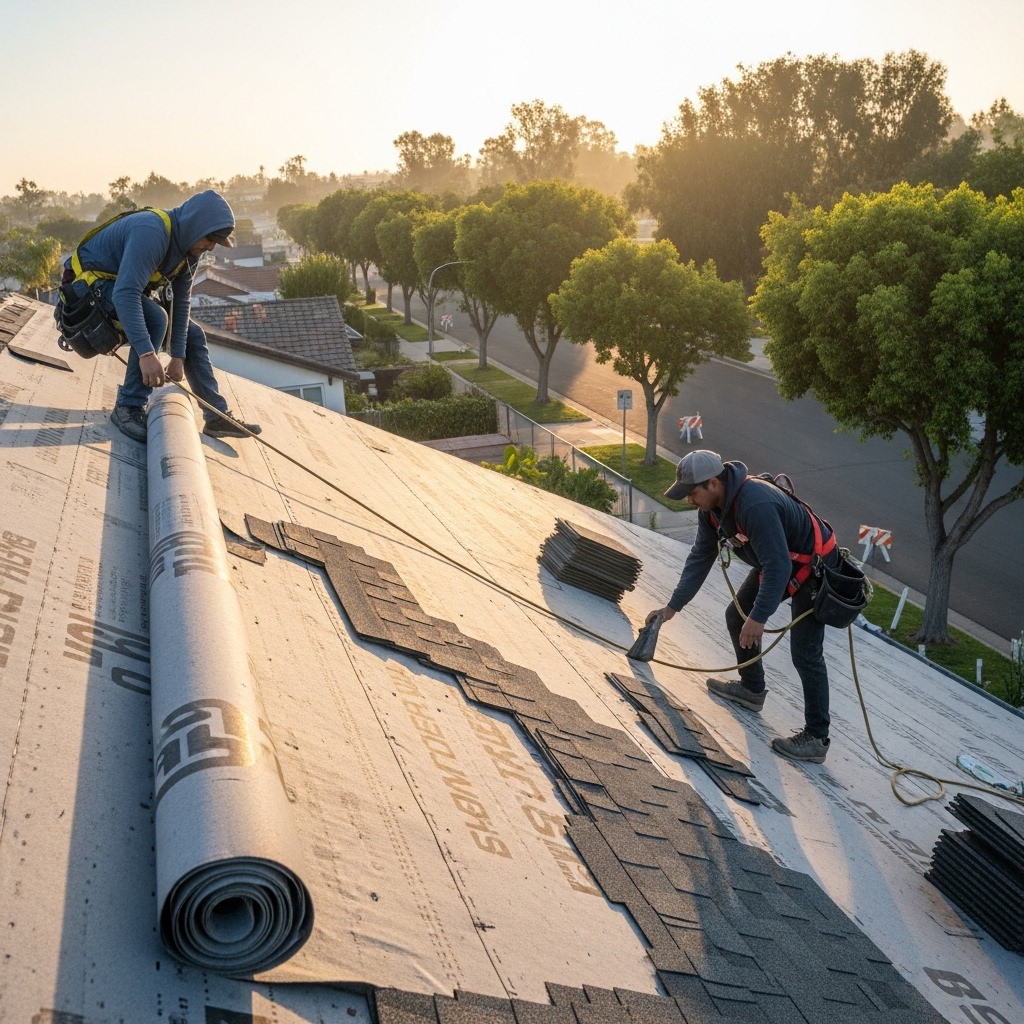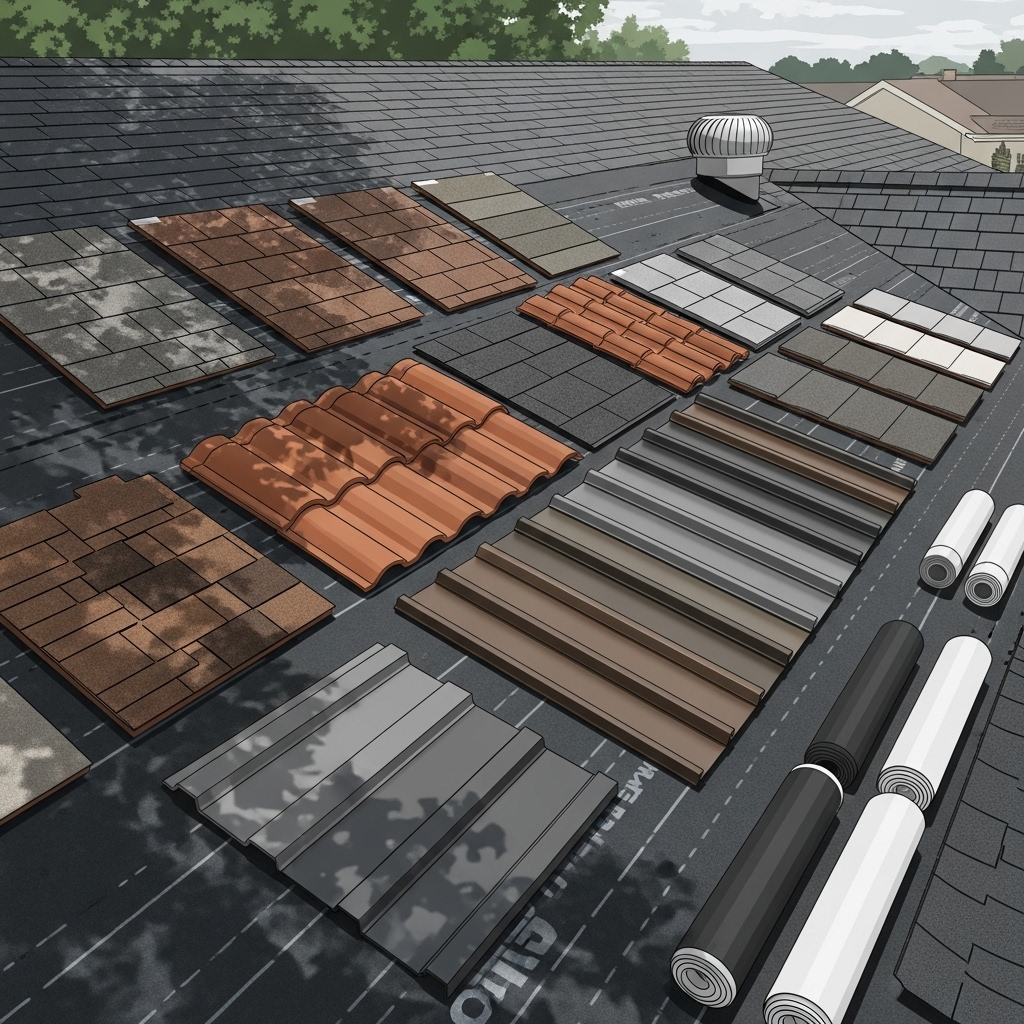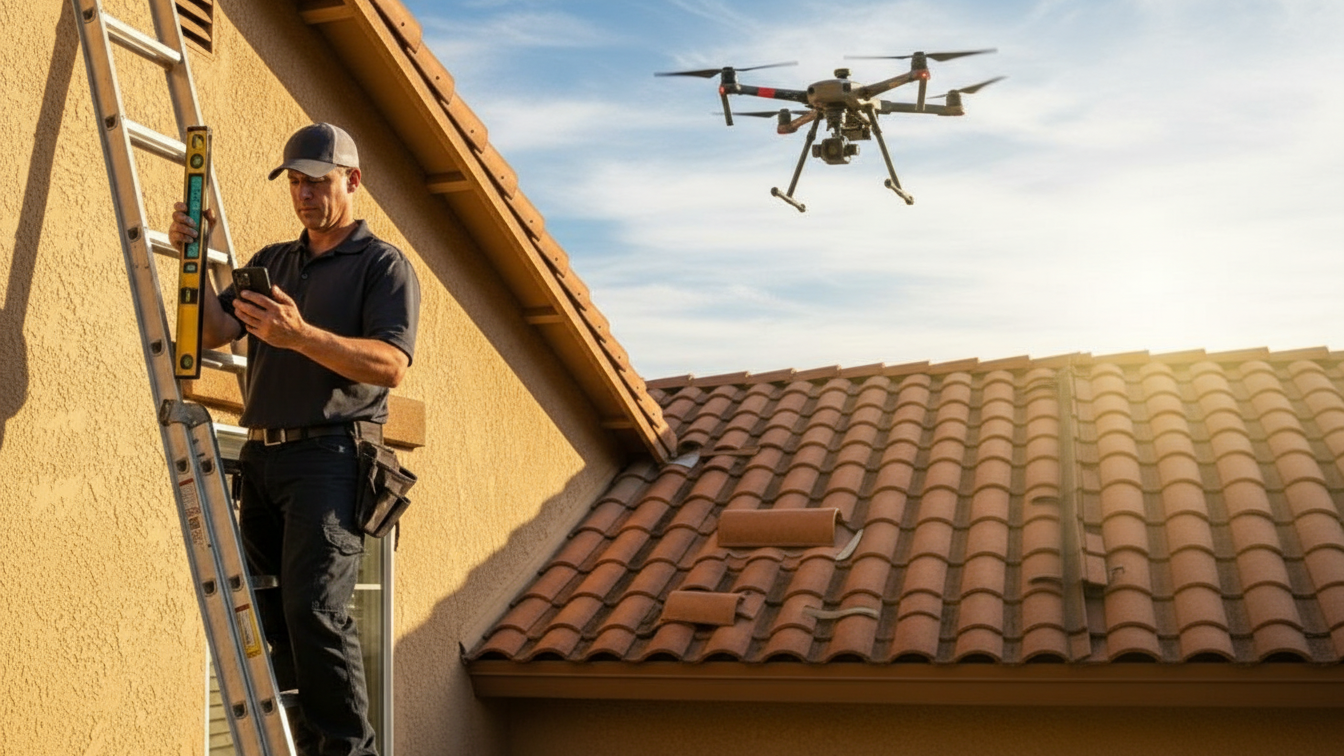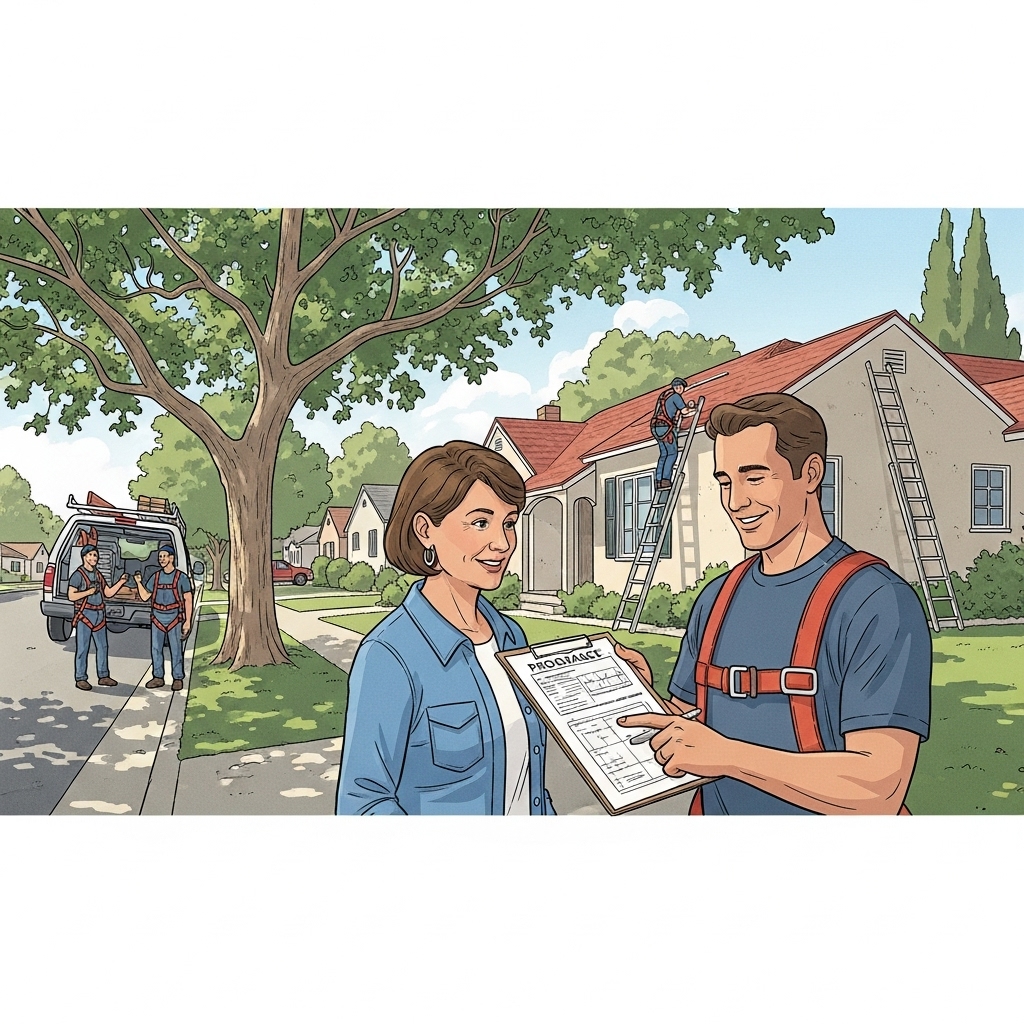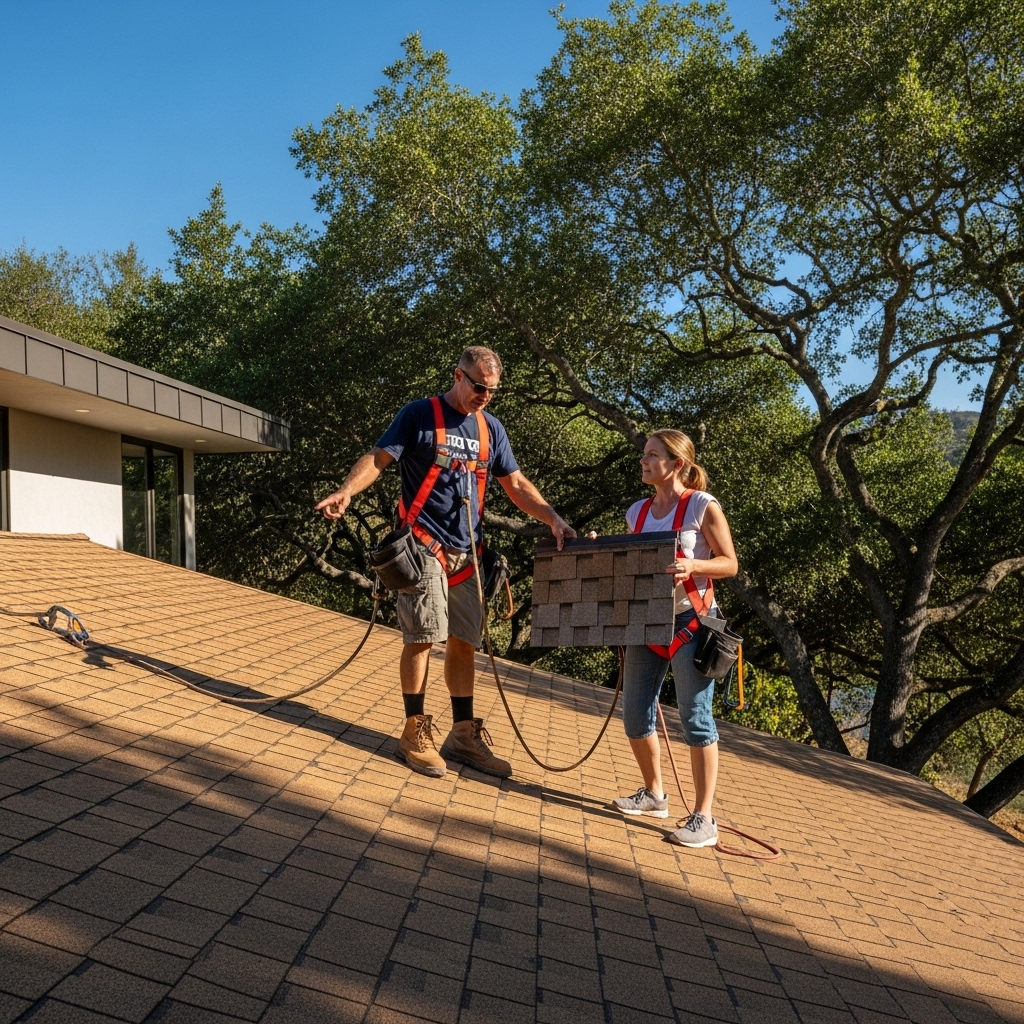Bringing a new eco-friendly roof to life in Tarzana is about much more than laying down a beautiful surface. It’s a choreography of planning, permitting, detailing, and quality control that respects our Valley heat, our wind patterns, and our wildfire realities. When the process is thoughtful, the result is a roof that looks right from the street and feels right inside the home, keeping temperatures steadier and the structure safer year after year. I’ve walked homeowners through this journey across neighborhoods from the leafy flats to the hillside edges, and the steps are consistent: listen, assess, design, install, and verify. Along the way, we fold in the best of green eco-friendly roofing practice so efficiency and resilience are built into every layer.
Listening to the house and the homeowners
Every successful installation starts with careful observation. We begin at the curb to understand exposure, shading, and architectural intent, then move into the attic to gauge ventilation, insulation, and signs of past heat stress. Homeowners share what they feel in their rooms at different times of day—hot upstairs bedrooms, a stuffy den over the garage, or a breezy space that never seems to warm. Those lived experiences guide the priorities for the new assembly and often reveal the quiet wins we can bake into the plan.
Assessment that goes below the surface
On the roof, we inspect the deck, flashing, penetrations, and any low-slope transitions. In Tarzana, we also pay special attention to edge details and eaves, both for wind resistance and to prevent ember ingress. If the home includes a low-slope section, we check drainage patterns and note any ponding scars. Infrared scans can be useful on membranes to highlight trapped moisture. Back inside, we look for air leaks around can lights, chases, and the attic access—opportunities to improve airtightness during the roofing work.
Designing an assembly for Tarzana’s climate
With a clear picture of conditions, we design the system layer by layer. The visible material—reflective shingle, cool metal, tile over battens, or a reflective membrane on low-slope areas—sets the tone for solar response. Beneath it, we specify underlayments that protect against heat and wind-driven rain, with self-adhered membranes at eaves and valleys to lock down vulnerable zones. Ventilation is tuned to the roof’s geometry, with ridge exhaust and protected intake where appropriate, and ember-resistant vents in wildfire-aware areas. Where it makes sense, we integrate radiant barriers and coordinate attic insulation upgrades to create a cohesive thermal boundary.
Permitting, approvals, and neighborhood harmony
Permitting is part of the rhythm in Tarzana, ensuring that the installation aligns with cool-roof and fire-resilience expectations. If a homeowners’ association oversees the property, we prepare a package with color-correct samples and photos that demonstrate how the chosen materials read in natural light. Early, open communication smooths approvals and puts neighbors at ease about reflectivity and appearance.
Preparing the site and protecting what matters
Before the first shingle or panel comes off, the property is prepared for an orderly job. Landscaping is shielded, staging areas are planned, and pathways are established for clean movement of materials. Inside, coverings protect floors where attic access is needed. In Tarzana, where many lots host mature trees and cherished gardens, this care is as important as any technical detail; it sets the tone for a respectful, clean project.
Tear-off and deck improvements
Removing old materials reveals the truth of the deck. Any damaged plywood is replaced, and on homes transitioning from skip-sheathing to a material that needs solid decking, we complete that upgrade. This is the moment to address air leaks, seal top plates, and improve the attic hatch. On low-slope sections, we may add tapered insulation to improve drainage. These early steps build the foundation for a roof that performs well over decades in our high-sun environment.
Underlayments and flashing that lock in performance
Modern synthetic underlayments resist heat and stay stable under intense sun. Self-adhered ice-and-water style membranes at eaves, valleys, and complex transitions add adhesion and watertightness. Flashing—around chimneys, skylights, and walls—is integrated, not just applied. We form it to the building and tie it into the underlayment so water and wind don’t find a path inside. These details are the quiet, enduring successes of an eco-friendly installation.
Installing the visible layer with precision
Whether laying reflective shingles, seaming a metal panel, seating tile on battens, or heat-welding a single-ply membrane, we follow patterns that respect wind direction and minimize exposed cuts. Fasteners are set to spec so uplift resistance matches the Valley’s gusts. On tile, we maintain clean ventilation cavities; on metal, we align clips and allow for controlled thermal movement; on membranes, we prove seams with probe tests and pull tests. Each material rewards careful execution with decades of steady performance.
Ventilation and wildfire mindfulness
As we build upward, ventilation paths are established and protected. Ridge vents align with exhaust needs, intake is kept clear behind baffles, and vent covers are chosen for ember resistance. Eaves are sealed where the design calls for it, and edges receive noncombustible treatments. The finished assembly breathes just enough to stabilize temperature while denying embers a foothold—exactly what Tarzana homes need.
Quality checks, cleanup, and documentation
Before the last piece of staging comes down, the roof is inspected for tightness at edges, accuracy of flashing, and cleanliness of ventilation paths. We walk the property to ensure debris is removed, magnets sweep for fasteners, and gutters are clear. Homeowners receive documentation of materials and installation details, plus guidance on simple maintenance that preserves reflectivity and airflow. The final result is a roof that looks composed and feels calmer inside.
Midway through the project, I like to pause with homeowners to explain why each layer exists and how it affects daily life. Seeing self-adhered membranes at eaves or the crisp seat of a metal panel makes the abstraction of performance tangible. It becomes clear that truly green roofing solutions are more than a single product—they’re the sum of well-chosen, well-executed details working in harmony with Tarzana’s climate.
Living with a new eco-friendly roof
Once the work is complete, the home typically feels different right away. Afternoons are less punishing upstairs, the attic air seems calmer, and the HVAC doesn’t race as often to catch up. Over time, the roof’s steadiness shows in the way the house holds temperature through heat waves and shrugs off wind bursts that used to rattle vents. Maintenance becomes a light, seasonal rhythm: keep surfaces and drains clear, glance at edges after wind, and enjoy the quiet confidence of a system built to last.
FAQ: Installation in Tarzana
How long does a typical eco-friendly installation take? It depends on roof size, complexity, and whether attic upgrades are part of the scope, but careful sequencing keeps projects efficient while respecting quality.
Do reflective materials cause glare for neighbors?
Modern cool finishes are engineered to reflect infrared energy without acting like mirrors. Selecting appropriate colors and textures reduces specular reflection and keeps neighborhoods visually comfortable.
Can my roof support tile if I currently have shingles?
It may, but structural evaluation is necessary. If added weight isn’t ideal, composite or metal options can deliver a similar visual effect with lighter loads and strong performance.
What about installing solar with the new roof?
Coordinating roof and solar is smart. Planning mounts and conduit during reroofing preserves waterproofing and yields a cleaner, longer-lasting result for both systems.
How do you address wildfire concerns during installation?
We specify Class A assemblies, seal vulnerable eaves, use ember-resistant vents, and detail noncombustible edges, integrating fire mindfulness without compromising ventilation.
If you’re thinking about an upgrade, let’s start with a roof and attic walk to map what your home truly needs. We’ll design a system that fits your architecture and our Valley climate, then install it with the care that makes a roof feel as good as it looks. For local expertise and a smooth path to high-performance results, connect with us for eco-friendly roofing services and we’ll turn your Tarzana roof into a steady, resilient asset.

